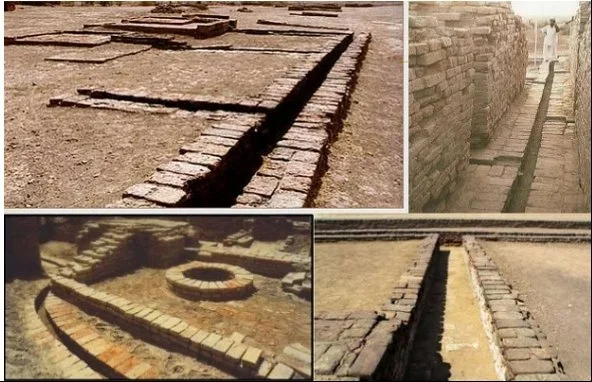Featured
History of South Asia includes the contemporary political entities of India, Pakistan, Bangladesh, Nepal, Afghanistan, Bhutan, and the island nations of Sri Lanka and the Maldives. According to consensus in modern genetics anatomically modern humans first arrived on the Indian subcontinent from Africa between 73,000 and 55,000 years ago. However, the earliest known human remains in South Asia date to 30,000 years ago. Settled life of prehistory, which involves the transition from foraging to farming and pastoralism, began in South Asia around 7,000 BC. At the site of Mehrgarh, Balochistan, Pakistan, presence can be documented of the domestication of wheat and barley, rapidly followed by that of goats, sheep, and cattle.
By 4,500 BCE, settled life had spread more widely, and began to gradually evolve into the Indus Valley Civilization, an early civilization of the Old world. This civilisation flourished between 2,500 BC and 1900 BC in what today is Pakistan and north-western India, and was noted for its urban planning, baked brick houses, elaborate drainage, and water supply. In early second millennium BC persistent drought caused the population of the Indus Valley to scatter from large urban centres to villages. Around the same time, Indo-Aryan tribes moved into the Punjab from regions further northwest in several waves of migration. The resulting Vedic period was marked by the composition of the Vedas, large collections of hymns of these tribes whose postulated religious culture, through synthesis with the preexisting religious cultures of the subcontinent, gave rise to Hinduism. Most of the Indian subcontinent was conquered by the Maurya Empire during the 4th and 3rd centuries BC.
The most significant event between the 7th and 11th century was the Tripartite struggle centred on Kannauj that lasted for more than two centuries between the Pala Empire, Rashtrakuta Empire, and Gurjara-Pratihara Empire. Islamic conquests made limited inroads into modern Afghanistan and Sindh as early as the 8th century, followed by the invasions of Mahmud Ghazni. From the mid-18th century to the mid-19th century, large regions of India were gradually annexed by the East India Company, a chartered company acting as a sovereign power on behalf of the British government. Dissatisfaction with company rule in India led to the Indian Rebellion of 1857, which rocked parts of north and central India, and led to the dissolution of the company.























